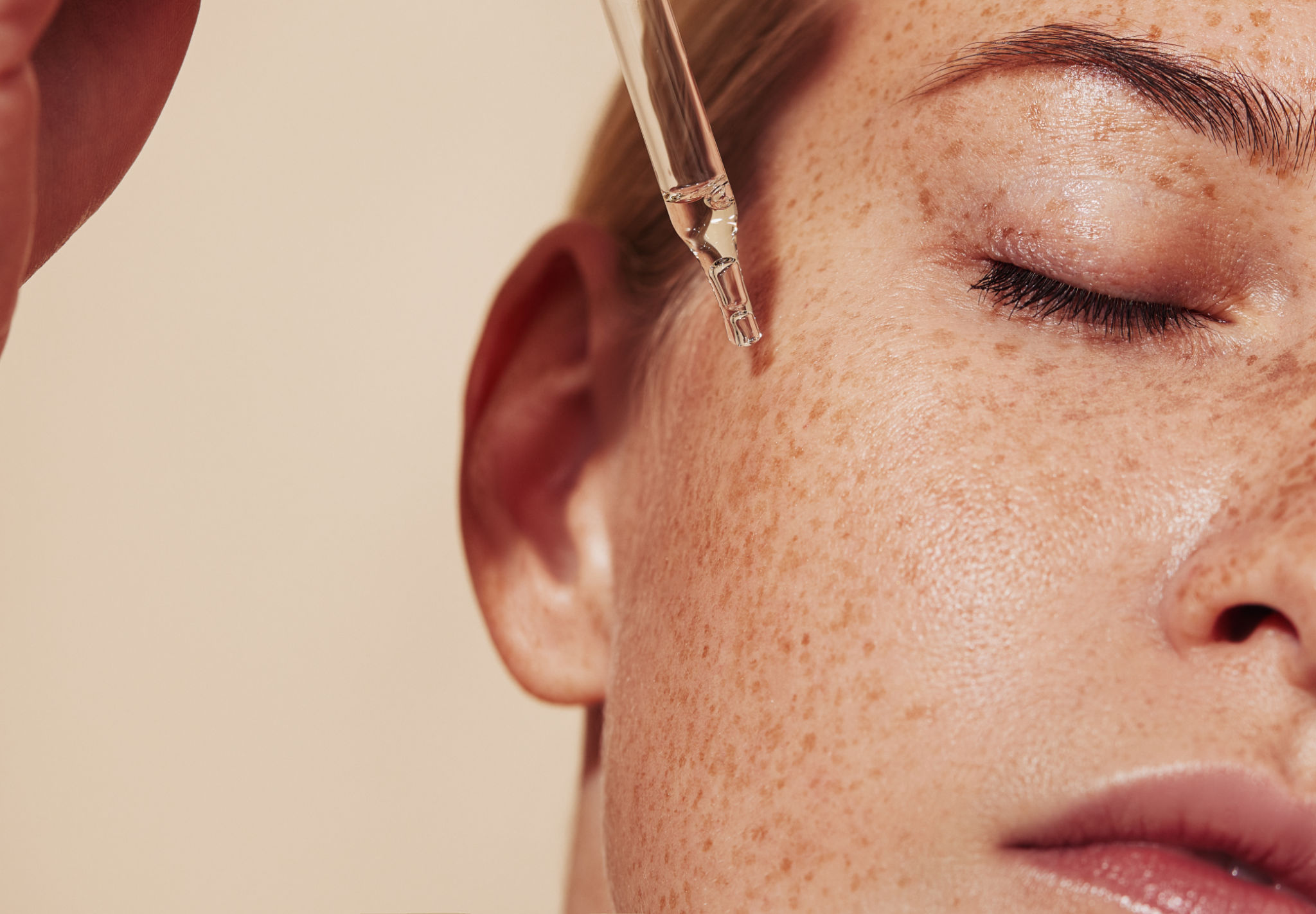Winter Care Tips for Managing Lymphedema Effectively
Winter can be a challenging time for those managing lymphedema, as cold temperatures and dry air can exacerbate symptoms. Proper care and attention during the colder months are crucial to maintain health and comfort. Here, we provide essential tips to help you manage lymphedema effectively during winter.
Stay Hydrated
One of the most important steps in managing lymphedema is staying hydrated. Cold weather often leads to decreased thirst, but it's vital to drink plenty of fluids to keep lymph fluid moving smoothly. Aim for at least eight glasses of water a day, and consider herbal teas as a warming option.

Keep Your Skin Moisturized
Dry skin is a common issue in winter, which can lead to cracking and infection in those with lymphedema. Use a rich, fragrance-free moisturizer to keep your skin supple. Apply it immediately after bathing or washing to lock in moisture.
Choosing the Right Moisturizer
Select a moisturizer that contains ingredients like glycerin or hyaluronic acid, which can help retain moisture. Avoid products with alcohol or fragrances that may irritate sensitive skin. Consistent application is key to maintaining skin health.

Dress in Layers
Maintaining an optimal body temperature is crucial in managing lymphedema during winter. Dressing in layers allows you to adjust your clothing to stay comfortable without overheating. Opt for soft, breathable fabrics like cotton and avoid tight clothing that may restrict circulation.
Protect Your Extremities
Keep your hands and feet warm with gloves and thick socks. Cold extremities can cause your lymphatic system to work less efficiently, so ensure these areas are well-protected from the chill.

Stay Active Indoors
Staying active is essential for lymphedema management, as movement encourages lymph fluid flow. During winter, outdoor exercise may be less appealing, but there are plenty of indoor activities you can try. Consider yoga, stretching, or light aerobics to keep moving.
Incorporate Breathing Exercises
Deep breathing exercises can also aid lymphatic flow and reduce stress. Take a few minutes each day to practice deep breathing, which can be particularly beneficial when combined with physical activity.

Consult Your Healthcare Provider
If you're experiencing increased symptoms during the winter months, consult with your healthcare provider. They may recommend adjustments to your current treatment plan or suggest additional therapies to help manage your condition effectively.
By following these winter care tips, you can better manage lymphedema and maintain your quality of life during the colder months. Remember, consistency in your care routine is key to preventing flare-ups and ensuring comfort throughout the winter season.
